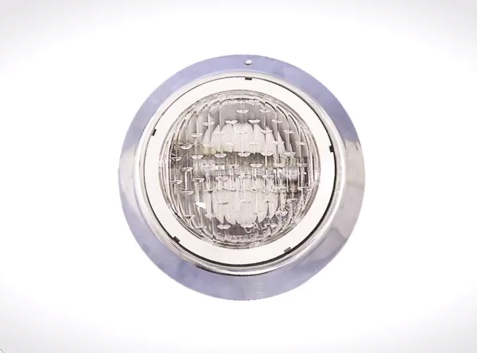Through all the years I’ve spent communicating with other pool designers and builders and in working directly for or consulting with clients, I’ve come across all sorts of design processes and decisions I’d classify as questionable (at best) or just plain wrong, foolish or even actionable (at worst). I’d originally listed them as ten common mistakes pool designers make (and should try to avoid), but a recent incident forced me to expand the list to cover
Aquascape (St. Charles, IL) has published its 2013 product catalog – the first that combines…
About 18 months ago, I began (but after a while moved on from) a series of blogs about specific features and details of watershapes that I like or dislike. Other than my tendency to have a short attention span, I don’t know quite why I stopped writing those articles – and maybe I’ll get back to them someday in a systematic way. For right now, however, recent personal experience makes me write about one particular detail that has bothered me
I was the third of four McCloskey children to attend UCLA. All three of my sisters went there, two of them before me, one after. My middle sister, Susan, started in the fall of 1968, and I recall that there was quite a buzz about this weird new fountain that had just been commissioned on one of the campus’ many plazas: It was essentially upside-down, with water flowing from the edges toward an off-centered well, and it soon became known as the Inverted Fountain. I was 13 or 14 the first time I saw it. I’d gone with Susan to some on-campus event, and she gave me a brief tour of the place – including the plaza with the weird new fountain. At that point
In far too many cases, lighting in and around backyard swimming pools is an afterthought – and sometimes I get the impression that there’s not much thought involved at all. As I see it, our clients deserve better than an easy, one-size-fits-all approach, and that’s the main reason I developed the brief video presentation linked below: I wanted to give homeowners a bit of information that would help them understand both the importance of good lighting and get them ready to discuss a variety of available design solutions. As I suggest in the video, the old-style, under-the-diving-board placement of a 500-watt incandescent bulb should never
What Was Esther Williams' Off-Screen MGM Nickname?
Super Submarine Yacht Boasts Swimming Pool




















